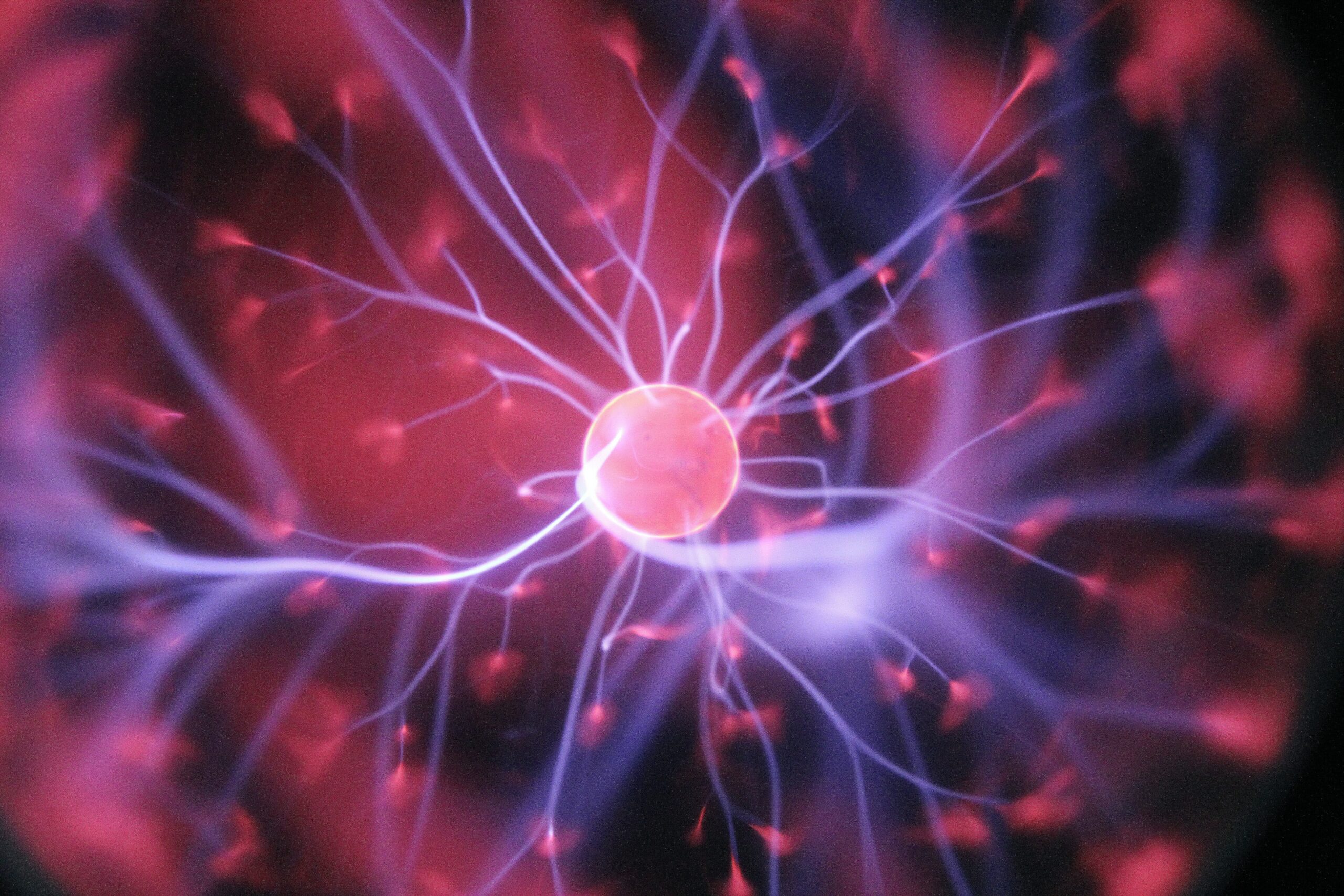
Are You Stuck in a Pursue/Withdraw Cycle?
Understanding the Pursue/Withdraw Cycle and How EFT Can Help Your Relationship Both in my practice and my personal life, I have come to learn that there are two types of people: those who push harder …

In my first sessions I usually attempt to gauge how both persons interact with one another in a predictable dynamic. We all have unique experiences in life, combined with our genetic coding, to form how we act in relation to others (aka attachment). The most important relationships in our lives run through a survival neurobiological pathway that runs through the amygdala. The amygdala is responsible for processing threat responses. In threatening situations, we must make critical and often instantaneous decisions to survive and so our sadly limited responses include fight, flight, or freeze. While this may be effective in literal survival situations it does not really enable us to make empathetic or emotionally accessible responses in relationships and so most of us are left typically applying one of those two survival strategies (fight or flight and freeze) in times of disconnect with our partners, creating a cycle where both parties are not able to connect due to an autopilot limbic system response that actually perpetuates conflict.
One of the best ways to conceptualize this is with an animal metaphor. In the ocean there are two unique creatures that represent each amygdala response strategy. There is the Octopus, it has three beating hearts, a large brain, big eyes, and eight long arms covered in suction cups. Octopuses can also change color and texture to match their surroundings and when threatened flash red and enlarge to intimidate out of self-preservation. It is a predator, a pursuer.
The other sea creature that best captures the flight or freeze amygdala response strategy is the sea turtle. It is a big aerodynamic swimmer that moves through the ocean at a pace, when threatened it usually retreats/ withdraws into its shell where no one knows what is going on. When pressed the turtle can become a big of a defensive warrior using flippers or its beak to fight back to intimidate the other animal to cease.
Typically, you see a fired-up octopus swimming home to its turtle ready to vent about the coral reef traffic. By the time the octopus arrives home, it’s flashing red with all its tentacles expanded. The turtle sees this and hides in his shell knowing that octopus is upset. Octopus sees turtle withdrawn and gets even more mad because she was really looking forward to decompressing with turtle. Octopus starts pushing tentacles into turtle’s shell hoping to pull turtle out. Turtle freaks out even more and bites at the tentacles as a warning. Now both are reacting with Octopus forcefully reaching for connection and turtle is equally forcefully retreating. Therefore, both are left feeling alone, frustrated, hurt, and misunderstood.
Many couples present with a pursuer and a withdrawer and this dynamic of trying to connect subsumes the relationship leaving each partner increasingly alone and increasingly distressed.
To discover more about how your brain and your relationships affect each other, schedule with Ingrid here.